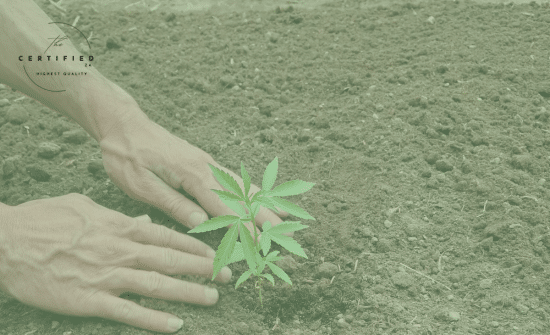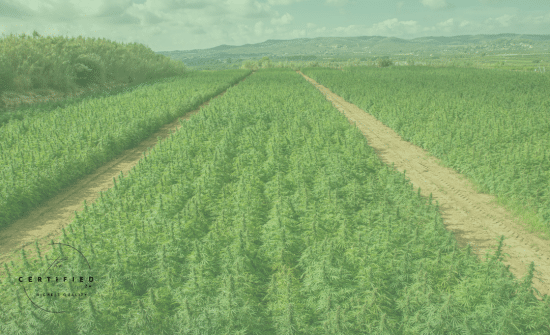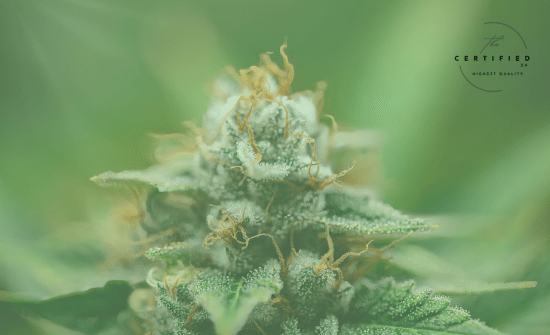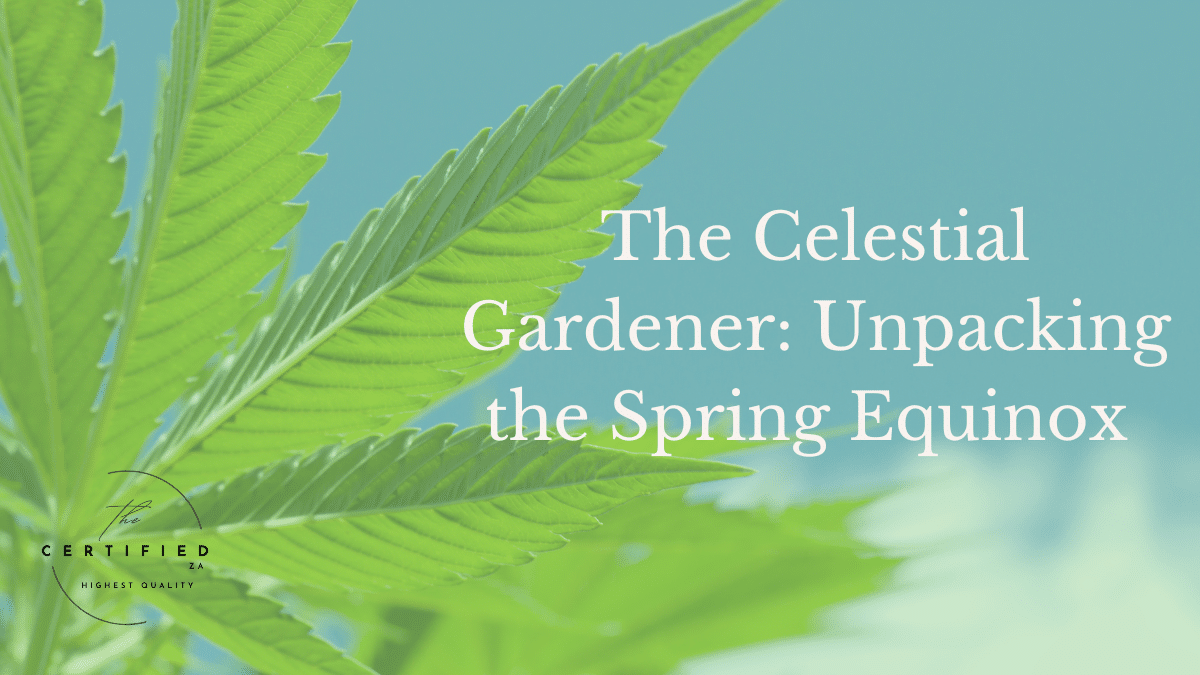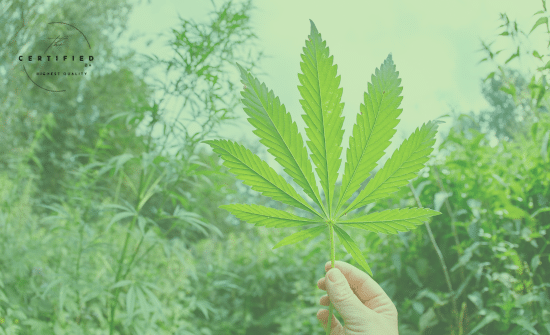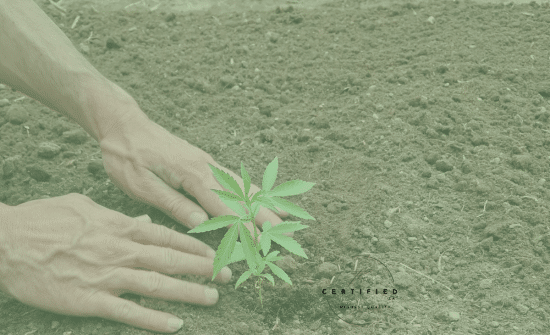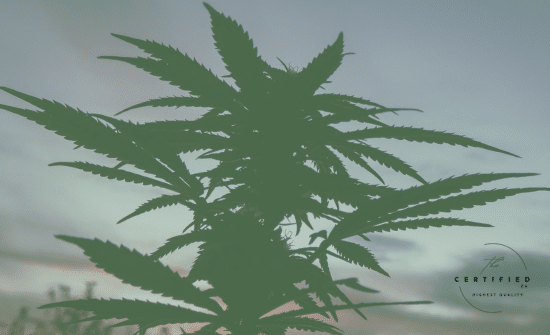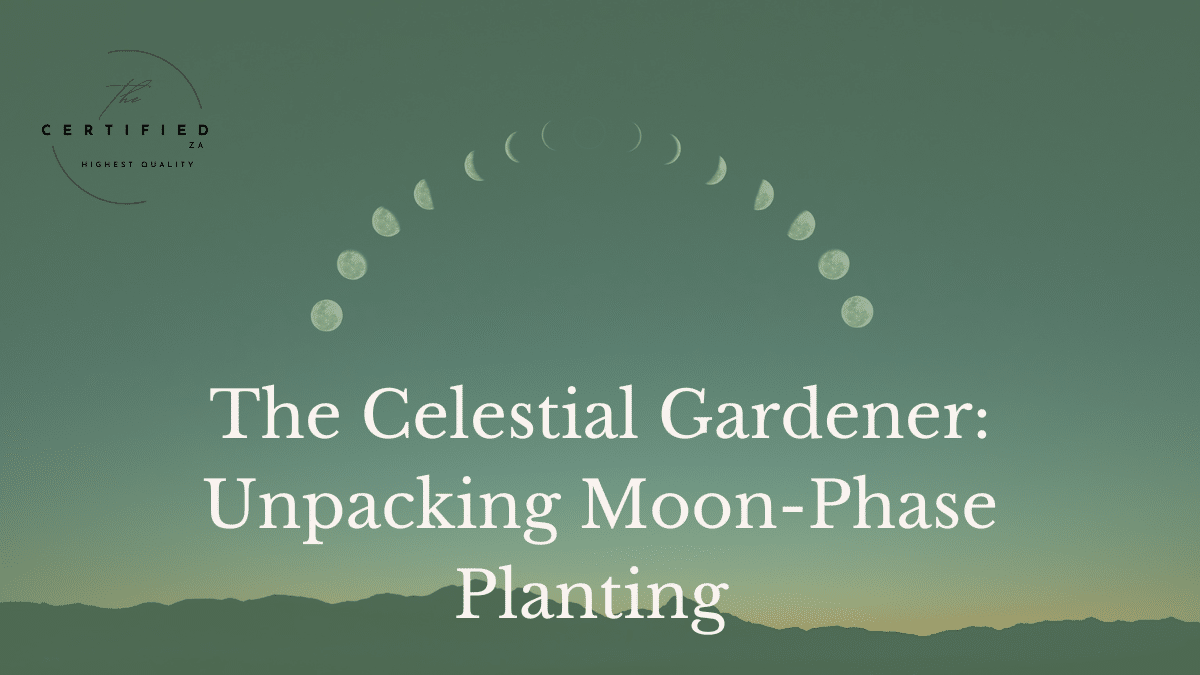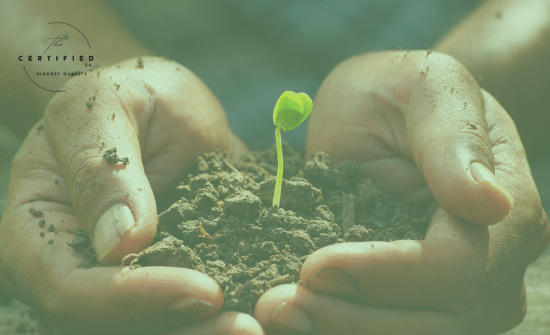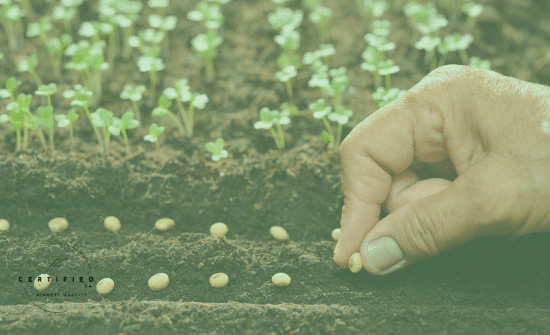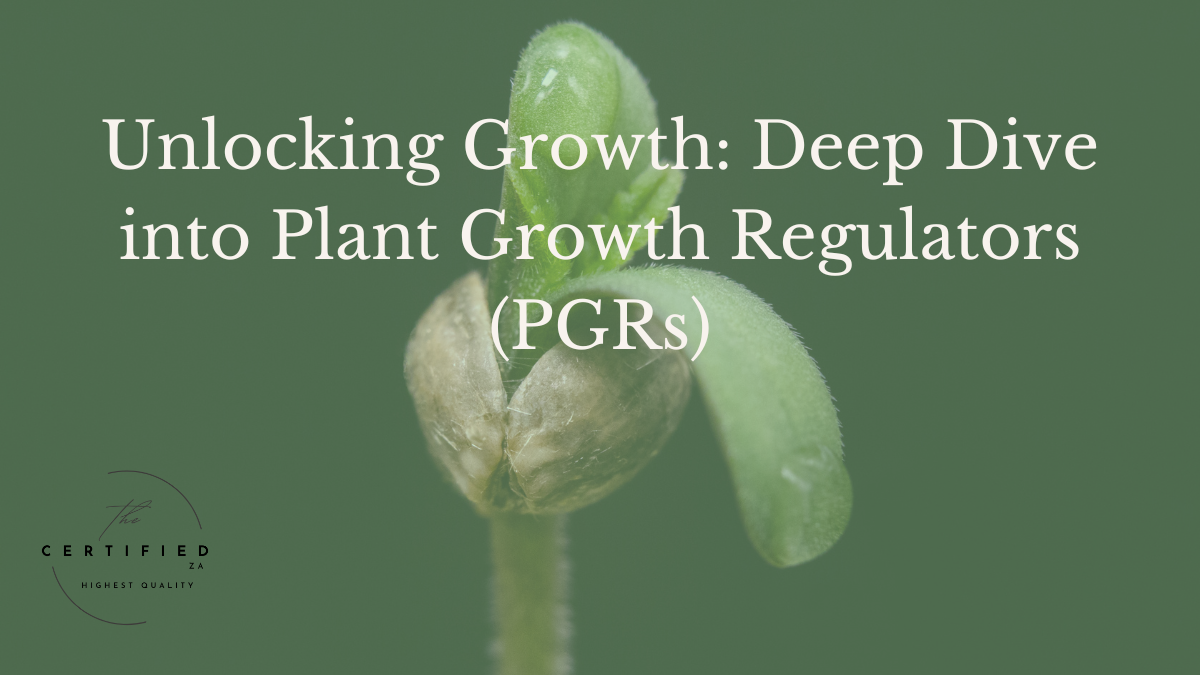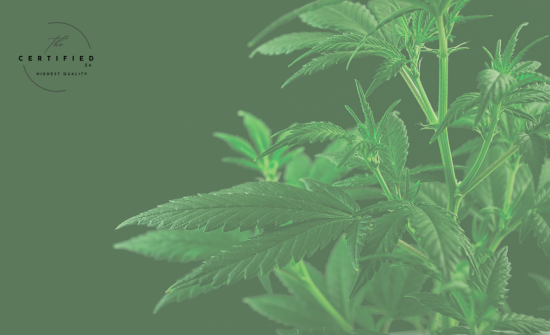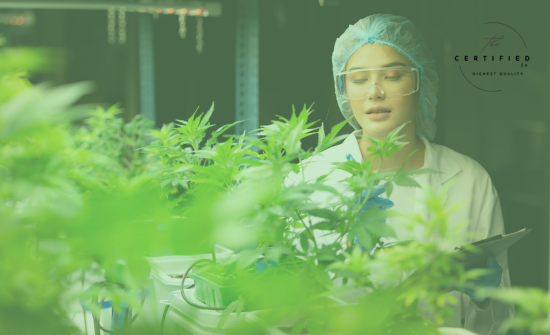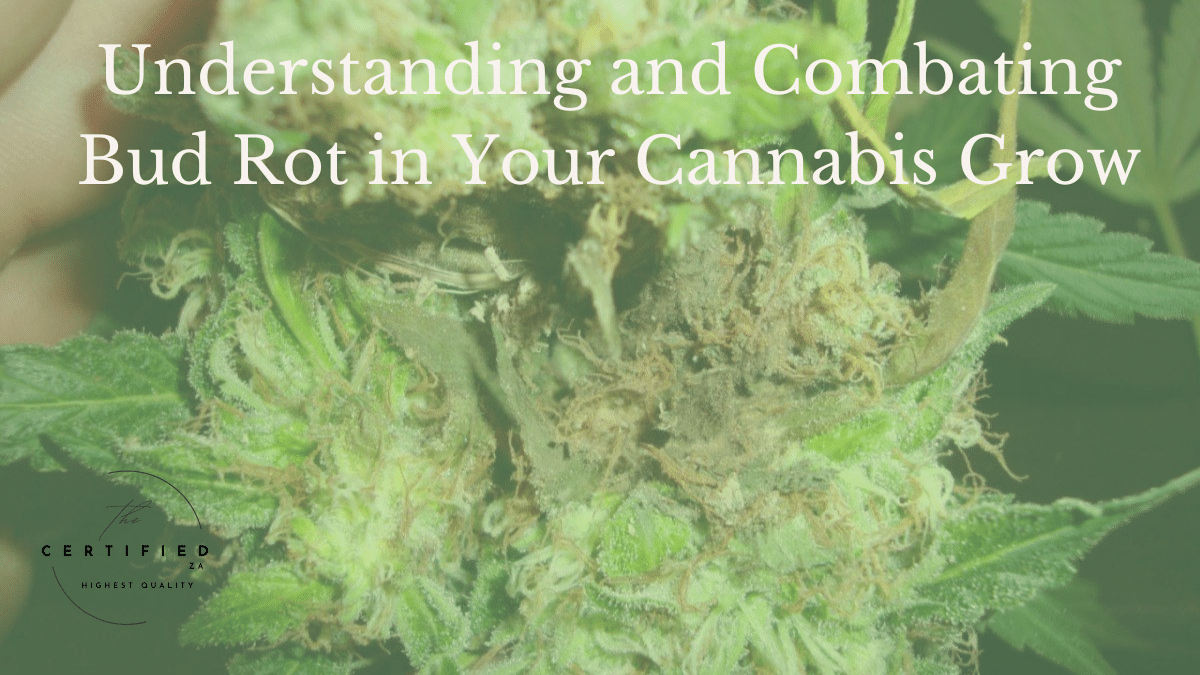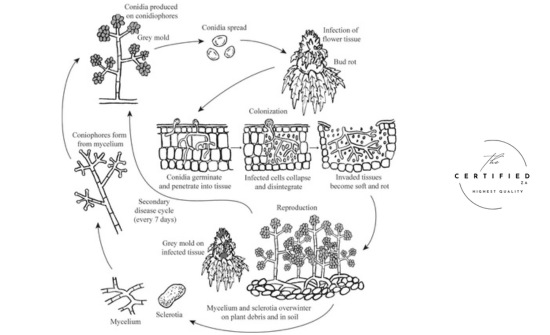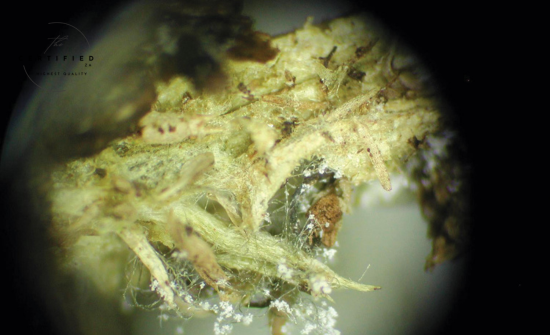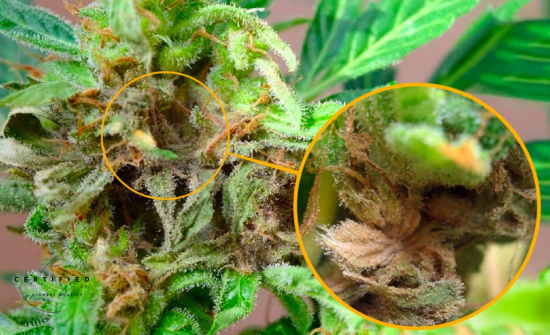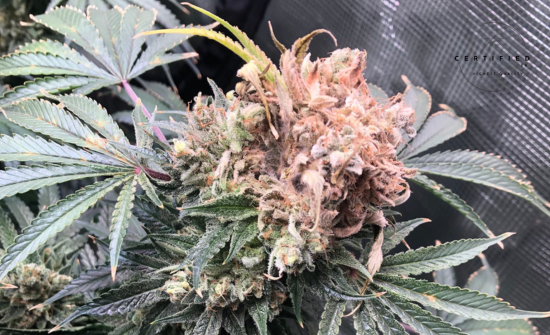
No Audio This Week.
In the intricate world of cannabis cultivation, where every factor from genetics to environment plays a pivotal role, understanding plant hormones is akin to mastering the plant’s secret language. Last week, we delved into the mysteries of Florigen, the elusive hormone responsible for triggering the flowering cascade. This week, our spotlight turns to another foundational class of plant growth regulators: auxins. These remarkable compounds are primary architects of plant development, stimulating growth in myriad ways and offering discerning growers powerful tools to sculpt their cannabis plants for optimal health and bountiful yields. By comprehending the mechanics of auxins, cultivators can fine-tune their strategies, leading to more robust plants, enhanced rooting, and precisely controlled plant architecture, especially in the nuanced environment of a cannabis garden.
What are Auxins? The Master Regulators of Plant Growth
Auxins are fascinating endogenous molecules, naturally occurring within plants at incredibly low concentrations, yet acting as potent signalling compounds that orchestrate a wide spectrum of plant development and physiological processes. They are not nutritional elements, but rather sophisticated messengers, dictating how a plant grows, forms, and responds to its environment. The most prominent natural auxin is Indole-3-acetic acid (IAA), a compound primarily synthesised in rapidly dividing tissues such as the apical meristems of shoots, young leaves, and developing This production at the growing tips ensures a continuous supply to drive various growth initiatives. Beyond these aerial production sites, IAA is also found in the root tips, highlighting its pervasive influence throughout the plant’s structure.
While IAA is the plant’s native powerhouse, its chemical instability when extracted makes it less practical for commercial application. This is where synthetic auxins come into play, offering stable and effective alternatives. Among the most commonly utilised synthetic auxins are 1-naphthaleneacetic acid (NAA) and indole-3-butyric acid (IBA).] These synthetic counterparts mimic the biological effects of natural auxins and are frequently found as active ingredients in commercial rooting compounds due to their enhanced stability and longer-lasting effects. The subtle chemical differences between natural IAA and synthetic NAA, particularly in their steric properties—the larger naphthalene ring of NAA versus the indole system of IAA—can influence how they interact with plant cell membranes. Natural IAA, with its more compact structure, tends to penetrate lipid monolayers more readily than NAA. Despite these structural variations, both natural and synthetic auxins fundamentally promote plant growth through their influence on cell elongation and division, making them indispensable regulators in plant biology.
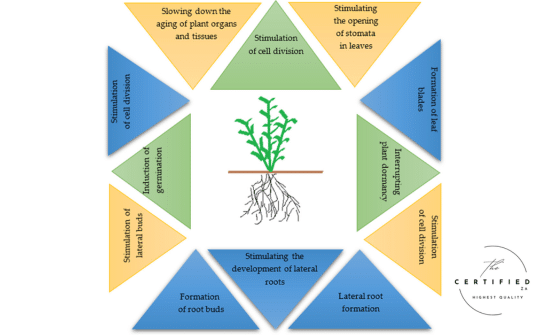
The Diverse Roles of Auxins in Cannabis Development
Auxins exert a profound influence on virtually every aspect of cannabis development, from the hidden networks beneath the soil to the towering stems reaching for light. One of their most well-known functions is the maintenance of apical dominance, a phenomenon where the main central stem grows more vigorously, suppressing the growth of lateral buds. This occurs because auxins, particularly IAA, are produced at the growth tips of the main shoot and are transported downwards. The highest concentrations of auxin near the apex inhibit the development of side branches, channelling the plant’s energy into vertical growth, often resulting in a single, dominant main cola. Understanding this mechanism is crucial for growers employing pruning techniques aimed at creating bushier plants.
Conversely, auxins are equally critical below ground, playing a central role in root development. They are the primary drivers for initiating adventitious and lateral roots, which are essential for forming a robust root system. A strong, expansive root network is fundamental for efficient nutrient and water uptake, anchoring the plant, and enhancing its overall resilience. Auxins also guide the direction of root growth, ensuring they delve deeper into the substrate to access vital resources and contribute to the healing and repair of damaged root tissues.
The interplay between auxins and other plant hormones, particularly cytokinins, forms a complex regulatory system. While auxins generally promote root growth and suppress shoot development, cytokinins, produced primarily in the roots, tend to favour shoot growth and inhibit root formation. This intricate, often antagonistic, relationship means that the ratio of auxins to cytokinins within different plant tissues dictates specific developmental pathways, such as meristem activity and shoot branching patterns. This delicate balance is vital; for instance, auxin stimulates the development of lateral roots while cytokinins can inhibit it, showcasing their opposing yet complementary roles in shaping the plant’s architecture.
Beyond structural development, auxins also impact fundamental physiological processes like photosynthesis and transpiration. Studies have indicated that auxins can influence the intensity of these processes, potentially leading to increased carbon dioxide assimilation and higher chlorophyll content in plant leaves. This enhancement can be attributed to auxins stimulating the activity of photosynthetic enzymes, thereby contributing to the plant’s overall metabolic efficiency and energy production. By affecting such a broad spectrum of functions, auxins truly stand as master regulators, influencing everything from the plant’s outward form to its internal metabolic machinery.

Harnessing Auxins for Optimal Cannabis Cultivation: Practical Applications for Growers
For cannabis cultivators, understanding auxins translates directly into actionable strategies for improving plant health, managing growth, and ultimately boosting yields. One of the most common and impactful applications of auxins is in propagation, specifically for cloning. When taking cuttings, the application of auxin-rich rooting hormones, typically containing synthetic auxins like IBA or NAA, is crucial. These hormones are absorbed by the cut stem, stimulating the formation of adventitious roots, which are new roots developing from non-root tissues. This process significantly increases the success rate of rooting, allowing growers to rapidly multiply desirable genotypes and establish new plants with robust root systems.
Auxins also offer powerful tools for controlling plant architecture and height. While auxins naturally promote vertical growth by maintaining apical dominance, growers can manipulate this effect. The traditional method of “pinching off” or “topping” the main shoot apex directly removes the primary source of auxin. This disruption releases the lateral buds from inhibition, allowing them to develop into new branches, leading to a bushier, more compact plant with multiple colas rather than a single dominant one. This technique is especially beneficial for maximising light penetration and airflow within the canopy, thereby improving overall yield potential.
Research on the exogenous application of synthetic auxins presents a more nuanced picture, highlighting the importance of context and genotype. In one study involving industrial hemp (Bialobrzeskie variety), spraying with 1-naphthaleneacetic acid (NAA) surprisingly resulted in an increase in lateral branching, contrary to the expected suppression of side shoots. Researchers speculated this might be due to a decreased sensitivity of hemp buds to auxin’s inhibitory effect or a stimulatory effect on the elongation of already formed shoots. However, another study on phytocannabinoid-rich (PCR) Cannabis sativa genotypes (KANADA, FED, and 0.2x-genetic) that had been decapitated showed a different outcome. Here, NAA application significantly reduced total plant height (by 28%) and the length of axillary side-branches (by 58%), creating a more compact growth habit. For the KANADA genotype, this led to a beneficial plant architecture with an inflorescence yield similar to untreated controls, proving advantageous for space-limited indoor cultivation. These contrasting results underscore that the plant’s physiological state (intact versus decapitated) and its specific genotype dramatically influence its response to exogenous auxin application, demanding a tailored approach from growers.
Beyond shaping plant structure, auxins can also contribute to overall yield enhancement by optimising physiological activities. By fostering robust root systems for better nutrient uptake and potentially improving photosynthetic efficiency, auxins lay a strong foundation for vigorous growth and ultimately, a more substantial harvest. Interestingly, studies have shown that while auxins significantly impact plant morphology and yield parameters, their application does not appear to negatively affect cannabinoid content (such as CBD) in the inflorescence or leaves. This is a crucial finding for medicinal cannabis cultivators, suggesting that architectural modifications can be achieved without compromising the desired phytochemical profile.
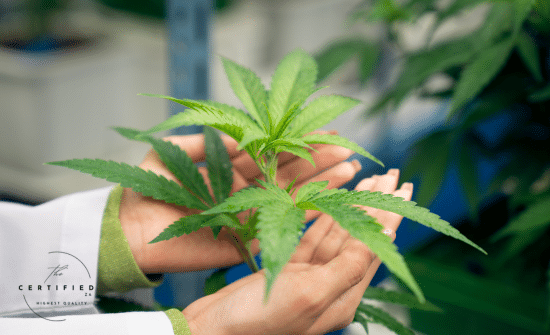
Navigating Auxin Application: Considerations and Nuances
While auxins offer powerful advantages, their effective utilisation in cannabis cultivation demands a nuanced understanding of their behaviour. One of the most critical aspects is concentration dependence. The relationship between auxin concentration and plant growth is not linear but often follows a bell-shaped curve. Low concentrations typically stimulate growth, but exceeding an optimal threshold can lead to inhibitory effects, especially in roots, which are more sensitive to high auxin levels than shoots. Excessively high auxin concentrations can even trigger the production of ethylene, a hormone known to induce premature flowering or senescence, leading to undesirable outcomes. Therefore, precise dosing is paramount to harness their benefits without causing harm.
Another significant factor is genotype specificity. As observed in various studies, different Cannabis sativa genotypes can exhibit distinct responses to identical auxin treatments. The contrasting lateral branching responses to NAA in the MendelNet and Plants 2020 papers serve as a prime example, illustrating that what works optimally for one strain might not for another. This necessitates a trial-and-error approach or careful observation when introducing exogenous auxins to a new cannabis variety. The method and timing of application are equally important; whether auxins are applied as a rooting gel to cuttings or as a foliar spray to growing plants, and at which specific stage of development, will significantly impact the results.
Emerging research into auxin antagonists is opening new frontiers, particularly for in vitro propagation. A novel molecule, α-(2-oxo-2-phenylethyl)-1H-indole-3-acetic acid, or PEO-IAA, acts as a strong anti-auxin. This antagonist disrupts apical dominance, making it a promising tool for increasing shoot multiplication rates in in vitro cannabis cultures. Crucially, recent investigations revealed that the presence of PEO-IAA in culture media did not lead to statistically significant negative changes in cannabinoid gene expression or concentration in certain Cannabis sativa cultivars like ‘USO-31’ and ‘Tatanka Pure CBD’. In fact, ‘Tatanka Pure CBD’ showed a statistically significant increase in CBDA concentration in the presence of PEO-IAA. This discovery holds immense potential for the standardised, large-scale production of medicinal cannabis by improving in vitro multiplication efficiency without compromising the plant’s valuable chemical profile.
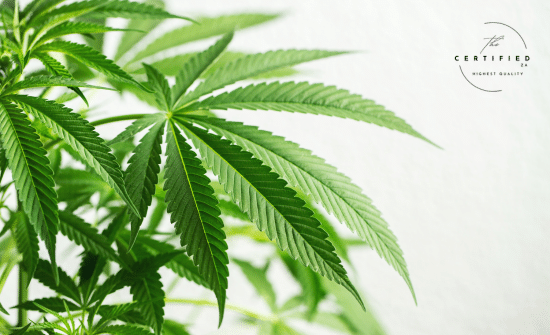
In conclusion, auxins are indispensable plant hormones that intricately shape the growth and development of Cannabis sativa. From promoting robust root systems crucial for nutrient uptake to influencing stem elongation and branching patterns, their effects are pervasive and profound. Growers who grasp the fundamental roles of auxins and judiciously apply this knowledge can unlock new levels of control over their cultivation. Whether it’s optimising rooting for clones, strategically pruning to manage plant architecture, or leveraging cutting-edge research into auxin antagonists for in vitro propagation, informed auxin management can lead to healthier plants, improved yields, and more consistent harvests. As always, embracing a genotype-specific approach and paying close attention to application rates and timing will be key to successfully integrating these powerful plant growth regulators into your cannabis cultivation regimen. The ongoing exploration of these complex hormonal pathways promises even more refined techniques for the future of cannabis growing.


